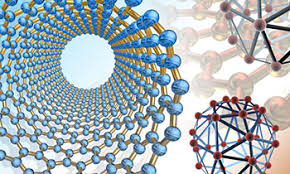Mechanical and Materials Engineering, Department of

Department of Mechanical and Materials Engineering: Faculty Publications
Document Type
Article
Date of this Version
2-1-2021
Citation
CC BY
Abstract
Limited water resources coupled with the increase of the human population calls for more efficient use of water in irrigated agriculture. Potato (Solanum tuberosum L.) is one of the most widely grown crops worldwide and is very sensitive to water stress due to its shallow rooting system. With the dilemma of potato sensitivity to drought and limited available water resources restricting crop production, researchers and crop growers have been investigating different approaches for optimizing potato yield and improving crop water use efficiency under different irrigation methods. While potato response to water is affected by other management practices such as fertilizer management, the present review is focused on the potato response to water under different environments and different irrigation methods and the impact on potato quality and potato diseases. Variable results obtained from research studies indicate the non-transferability of the results from one location to another as potato cultivars are not the same and potato breeders are still making effort to develop new high-yielding varieties to increase crop production and or develop new varieties for a specific trait to satisfy consumers exigence. This review is a valuable source of information for potato growers and scientists as it is not only focused on the impact of irrigation regimes on potato yield and water productivity as most reviews on water management, but it also presents the impact of irrigation regime on diseases in potatoes, tuber specific gravity, metabolite content of the tubers and the quality of the processed potato products.
Included in
Mechanics of Materials Commons, Nanoscience and Nanotechnology Commons, Other Engineering Science and Materials Commons, Other Mechanical Engineering Commons

